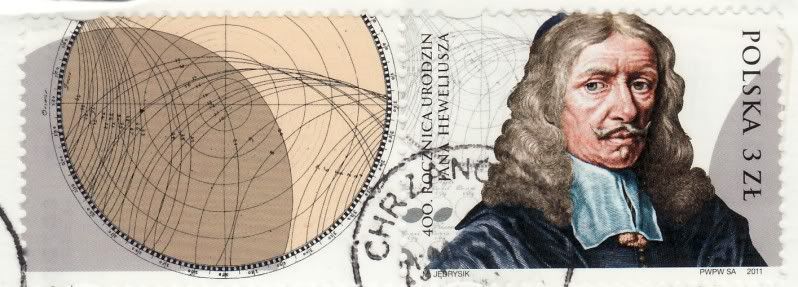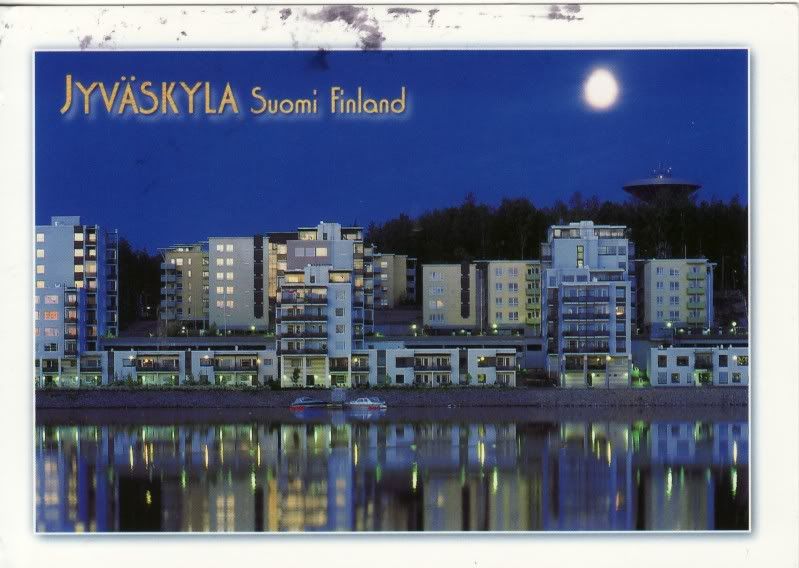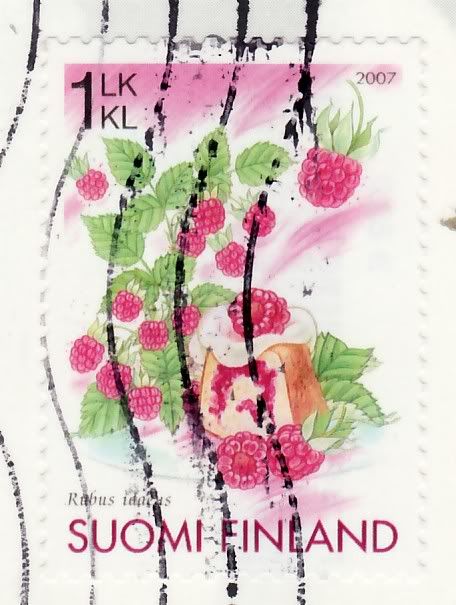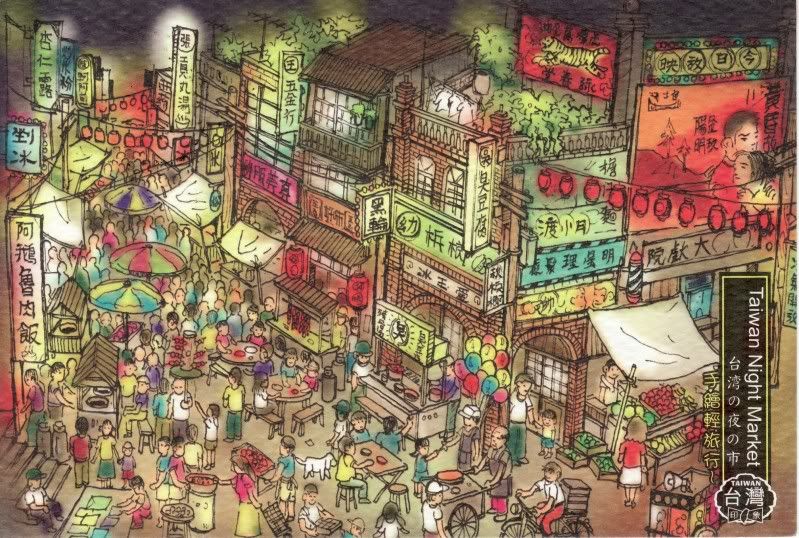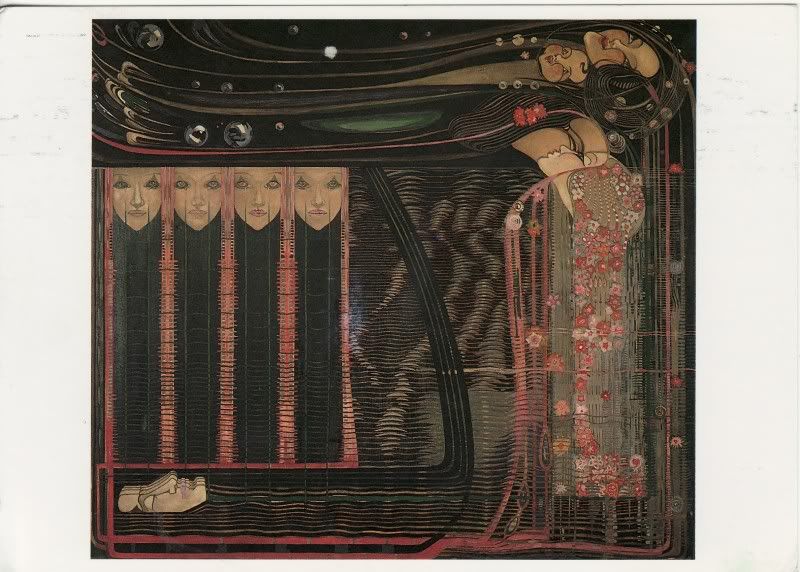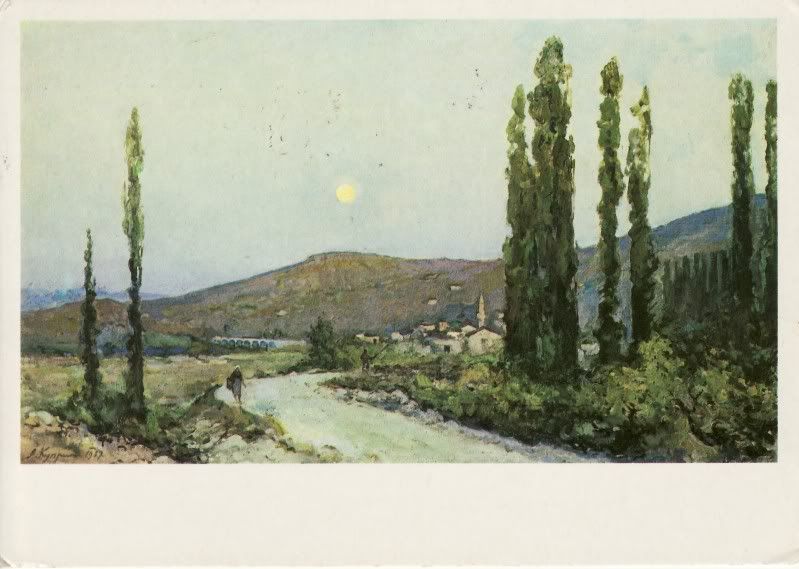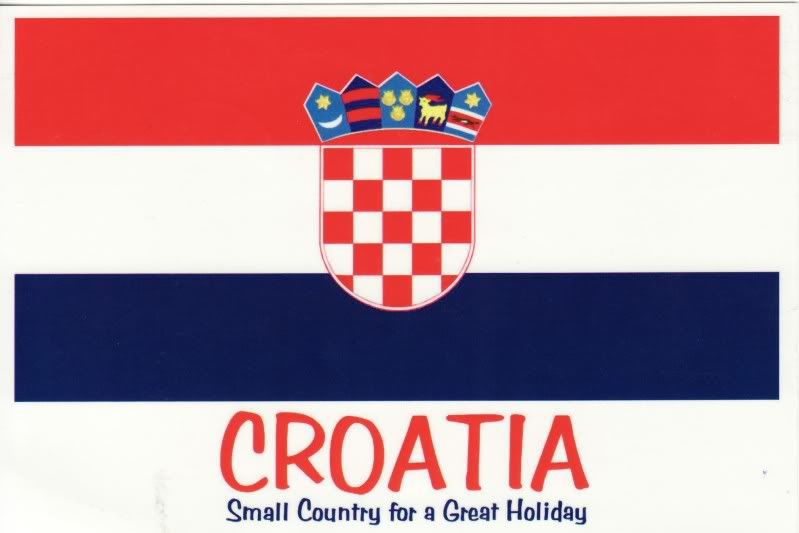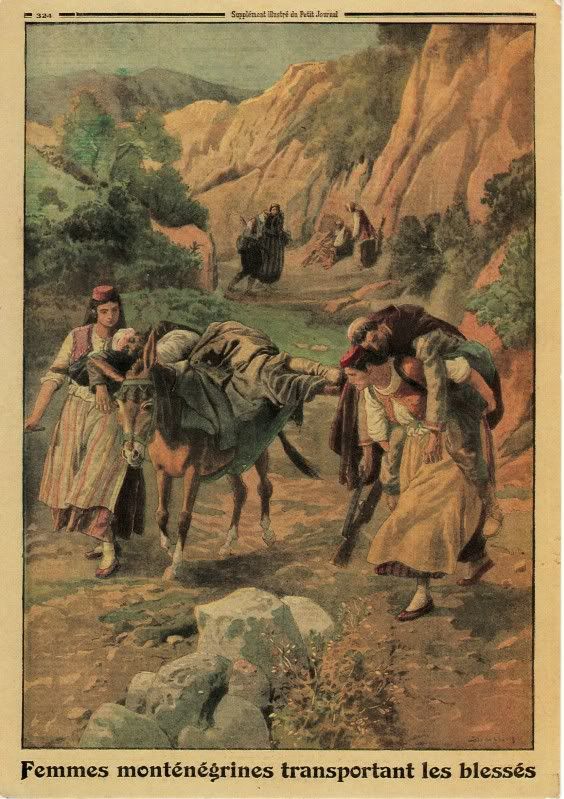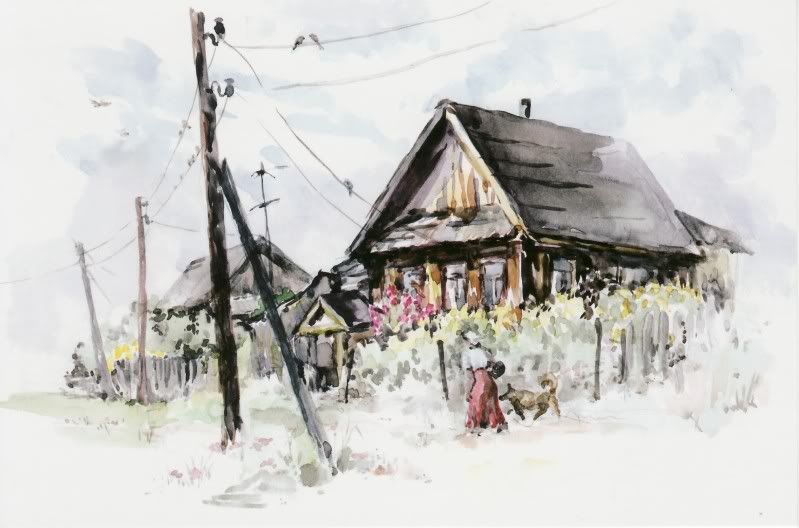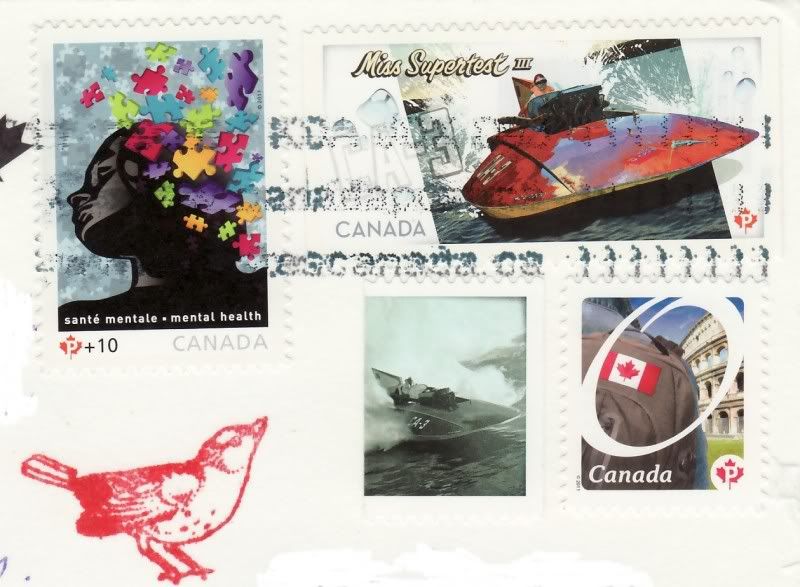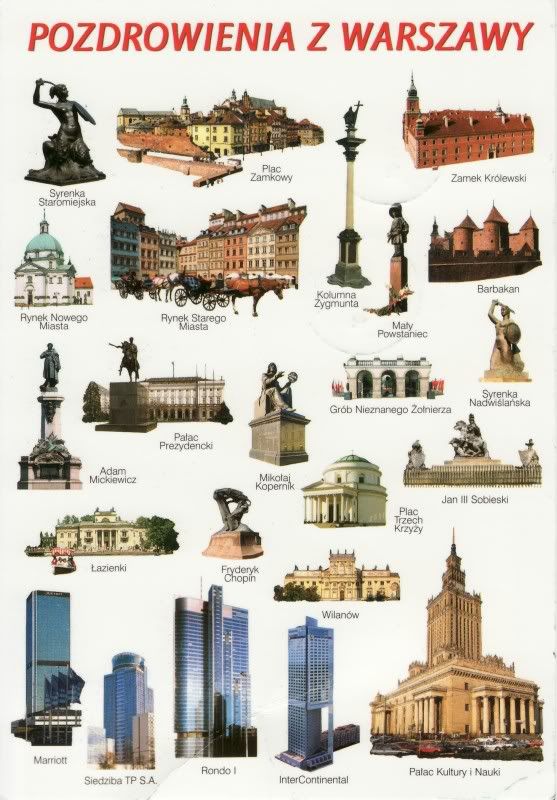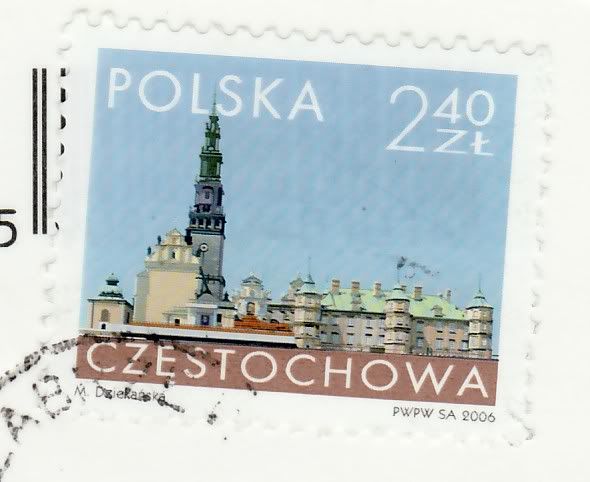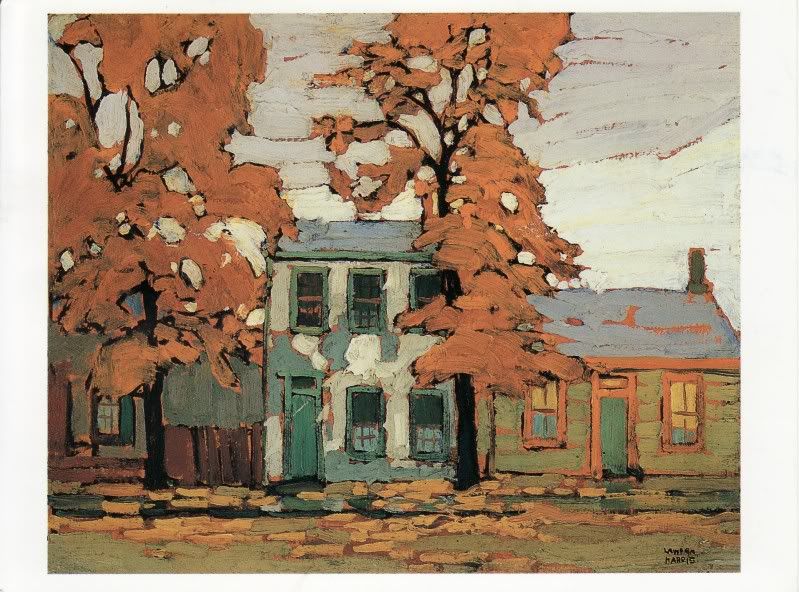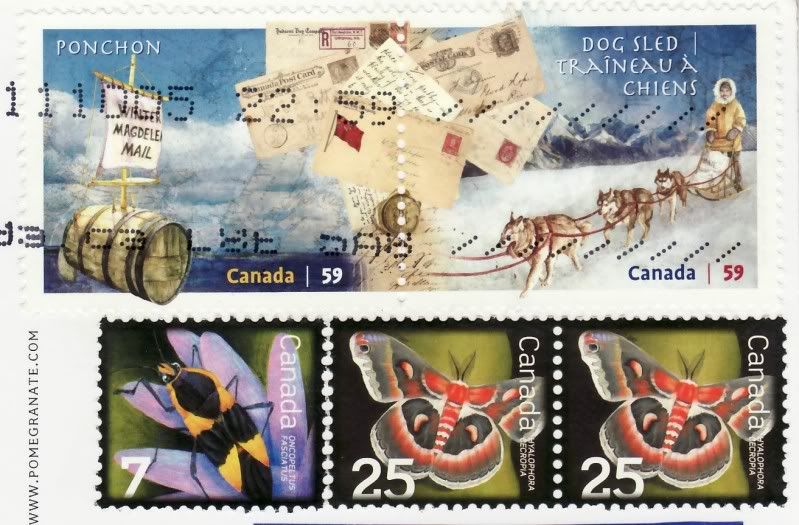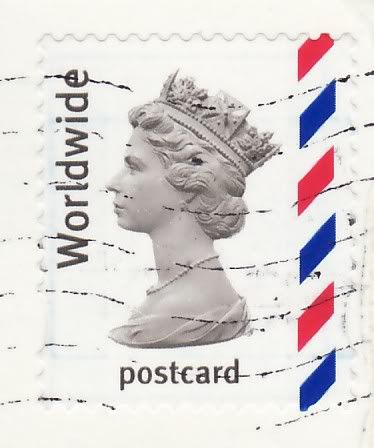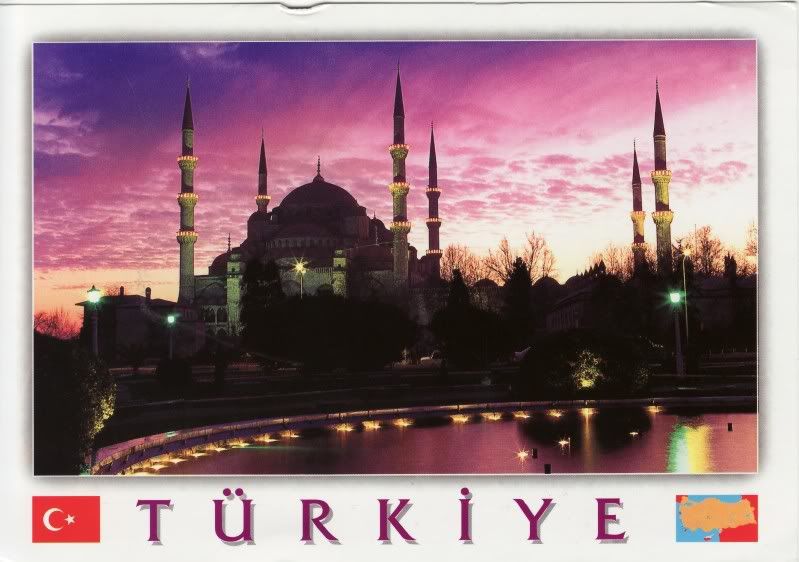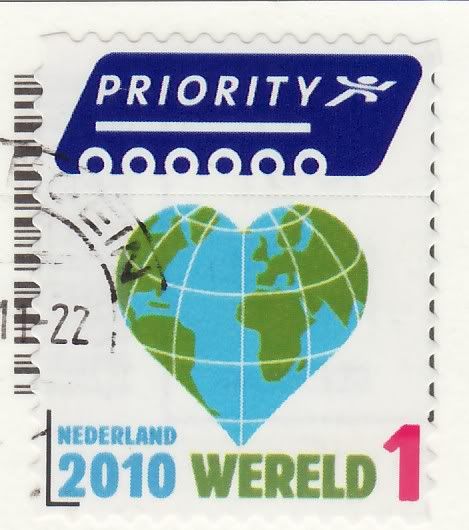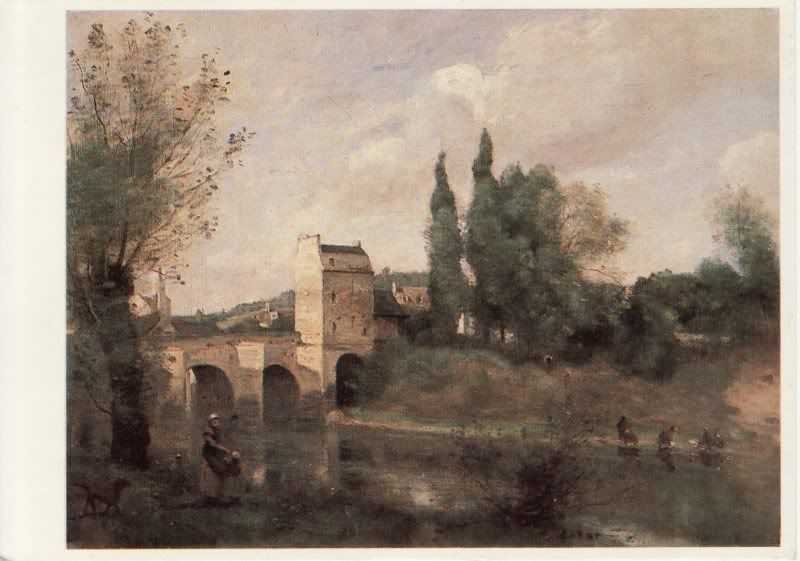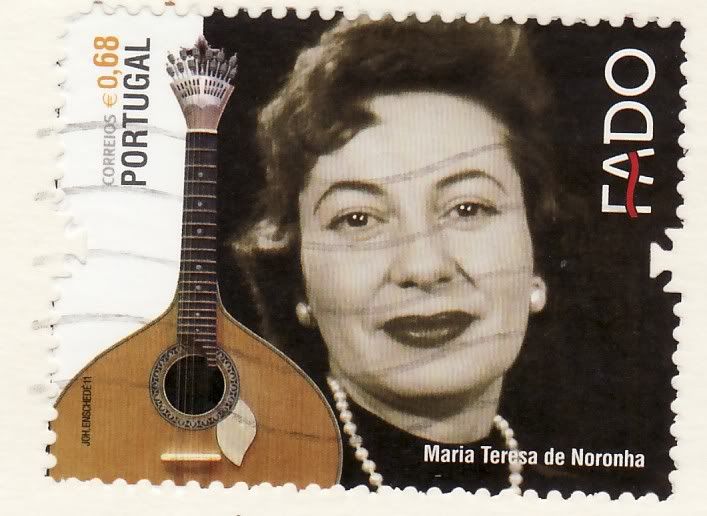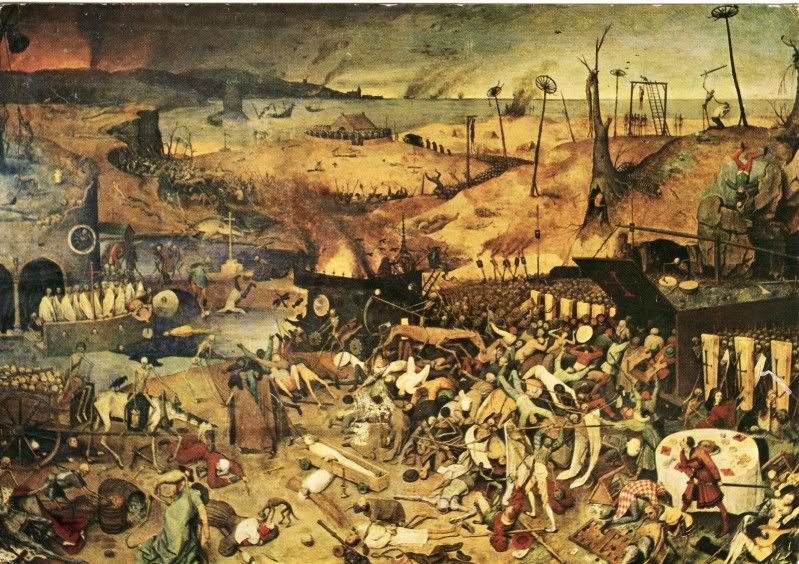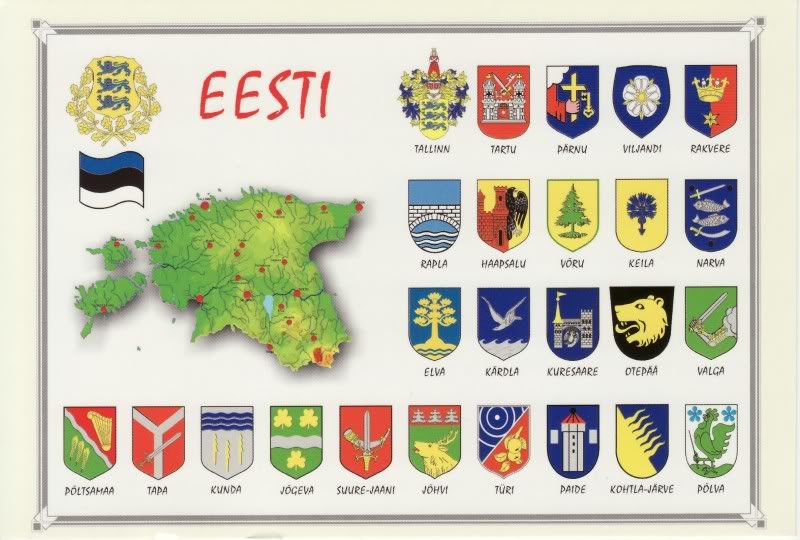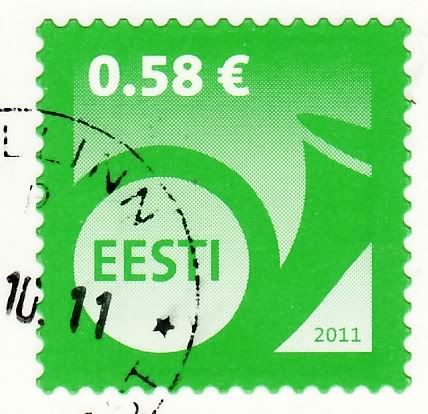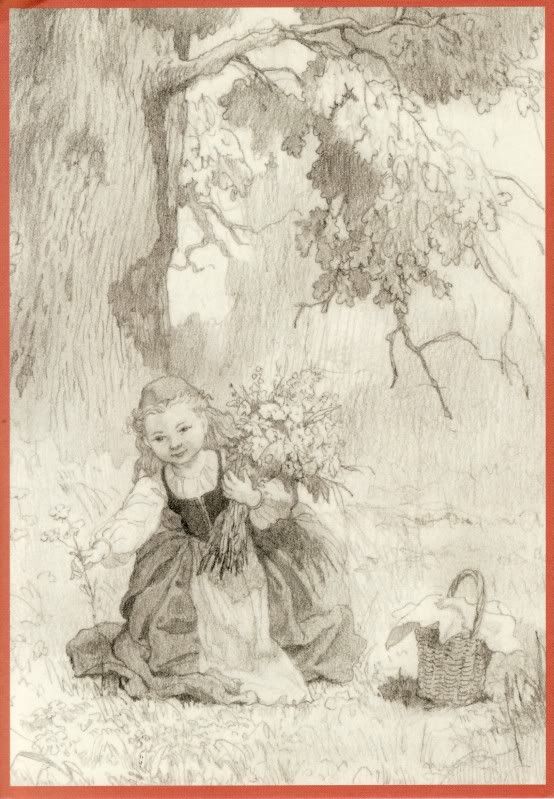Monday, October 31, 2011
Friday, October 28, 2011
Tuesday, October 25, 2011
IT-152727
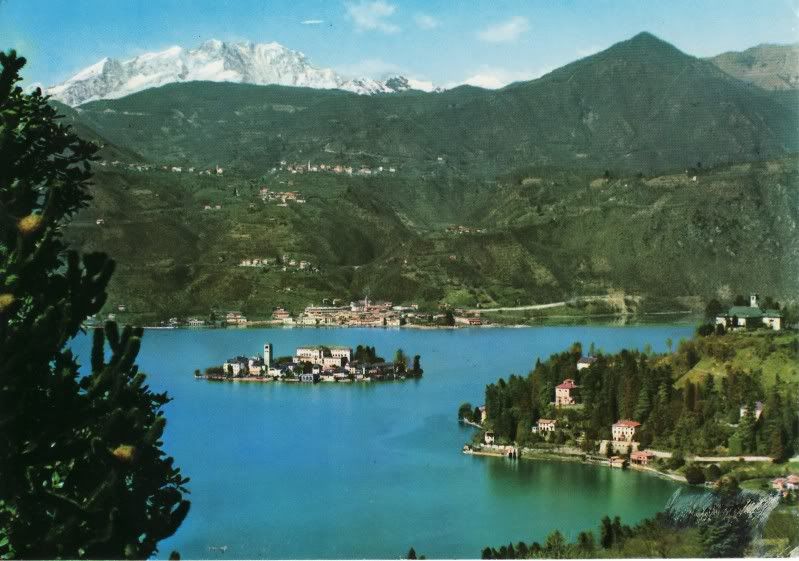 Lago d'Orta, Italy
Lago d'Orta, ItalyLake Orta (Italian: Lago d’Orta) is a lake in northern Italy west of Lake Maggiore.
It has been so named since the 16th century, but was previously called the Lago di San Giulio, after Saint Julius (4th century), the patron saint of the region; Cusio is a merely poetical name. Its southern end is about 35 km by rail NW of Novara on the main Turin-Milan line, while its north end is about 6 km by rail south of the Gravellona-Toce railway station, half-way between Ornavasso and Omegna.
Its scenery is characteristically Italian, while the San Giulio island has some very picturesque buildings, and takes its name from the local saint, Julius of Novara, who lived in the 4th century.
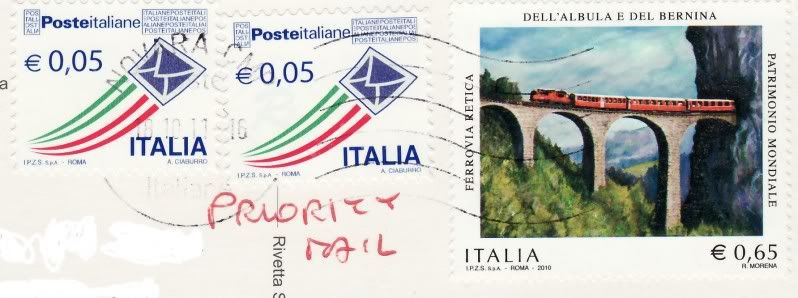 Located around the lake are Orta San Giulio, built on a peninsula projecting from the east shore of the lake, Omegna at its northern extremity, Pettenasco to the east, and Pella to the west. It is supposed that the lake is the remnant of a much larger sheet of water by which originally the waters of the Toce flowed south towards Novara. As the glaciers retreated the waters flowing from them sank, and were gradually diverted into Lake Maggiore.
Located around the lake are Orta San Giulio, built on a peninsula projecting from the east shore of the lake, Omegna at its northern extremity, Pettenasco to the east, and Pella to the west. It is supposed that the lake is the remnant of a much larger sheet of water by which originally the waters of the Toce flowed south towards Novara. As the glaciers retreated the waters flowing from them sank, and were gradually diverted into Lake Maggiore.In the background the Monte Rosa massif can be seen.
The Opera of the Sea
Turkey x World RR, Group 200 (surprise group), from Meena7
Margaret Macdonald Mackintosh, "The Opera of the Sea", c. 1910
Margaret MacDonald Mackintosh (5 November 1865–10 January 1933) was a Scottish artist whose design work became one of the defining features of the "Glasgow Style" during the 1890s.
Born Margaret MacDonald, near Wolverhampton, her father was a colliery manager and engineer. By 1890 the family had settled in Glasgow and Margaret and her sister, Frances MacDonald, enrolled as students at the Glasgow School of Art. There she worked in a variety of media, including metalwork, embroidery, and textiles. She was first a collaborator with her sister, and later with her husband, the architect and designer Charles Rennie Mackintosh. Her most dynamic works are large gesso panels made for the interiors that she designed with Mackintosh, such as tearooms and private residences.
Together with her husband, her sister, and Herbert MacNair, she was one of the most influential members of the loose collective of the Glasgow School known as "The Four". She exhibited with Mackintosh at the 1900 Vienna Secession, where she was arguably an influence on the Secessionists Gustav Klimt and Josef Hoffmann.
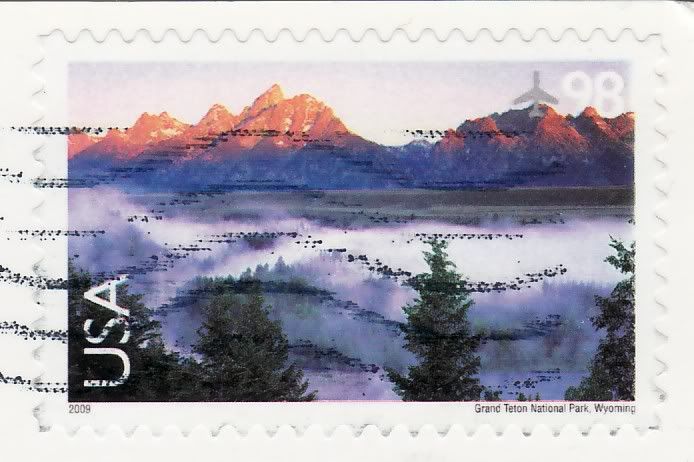 Macdonald, along with her sister, is one of the many "marginalized
wives" that have suffered from patriarchal art historical discourse. She
was celebrated in her time by many of her peers, including her husband
who once wrote in a letter to Margaret "Remember, you are half if not
three-quarters of all my architectural...";
and reportedly "Margaret has genius, I have only talent." It is not
known exactly which of Charles Rennie Mackintosh's works Margaret was
involved with (or the extent to which she worked on them) but she is
credited with being an important part of her husband's figurative,
symbolic interior designs. Many of these were executed at the early part
of the twentieth century; and include the Rose Boudoir at the International Exhibition at Turin
in 1903, the designs for House for an Art Lover in 1900, and the Willow
Tea Rooms in 1902. Sadly, poor health cut short Margaret's career—as
far as we know, she produced no work after 1921. She died in 1933, five
years after her husband.
Macdonald, along with her sister, is one of the many "marginalized
wives" that have suffered from patriarchal art historical discourse. She
was celebrated in her time by many of her peers, including her husband
who once wrote in a letter to Margaret "Remember, you are half if not
three-quarters of all my architectural...";
and reportedly "Margaret has genius, I have only talent." It is not
known exactly which of Charles Rennie Mackintosh's works Margaret was
involved with (or the extent to which she worked on them) but she is
credited with being an important part of her husband's figurative,
symbolic interior designs. Many of these were executed at the early part
of the twentieth century; and include the Rose Boudoir at the International Exhibition at Turin
in 1903, the designs for House for an Art Lover in 1900, and the Willow
Tea Rooms in 1902. Sadly, poor health cut short Margaret's career—as
far as we know, she produced no work after 1921. She died in 1933, five
years after her husband.
Her best known works include the gesso panel The May Queen, which was made to partner Mackintosh's panel The Wassail for Miss Cranston's Ingram Street Tearooms, and Oh ye, all ye that walk in Willowood, which formed part of the decorative scheme for the Room de Luxe in the Willow Tearooms. All three of these are now on display in the Kelvingrove Museum in Glasgow.
Margaret Macdonald Mackintosh, "The Opera of the Sea", c. 1910
Margaret MacDonald Mackintosh (5 November 1865–10 January 1933) was a Scottish artist whose design work became one of the defining features of the "Glasgow Style" during the 1890s.
Born Margaret MacDonald, near Wolverhampton, her father was a colliery manager and engineer. By 1890 the family had settled in Glasgow and Margaret and her sister, Frances MacDonald, enrolled as students at the Glasgow School of Art. There she worked in a variety of media, including metalwork, embroidery, and textiles. She was first a collaborator with her sister, and later with her husband, the architect and designer Charles Rennie Mackintosh. Her most dynamic works are large gesso panels made for the interiors that she designed with Mackintosh, such as tearooms and private residences.
Together with her husband, her sister, and Herbert MacNair, she was one of the most influential members of the loose collective of the Glasgow School known as "The Four". She exhibited with Mackintosh at the 1900 Vienna Secession, where she was arguably an influence on the Secessionists Gustav Klimt and Josef Hoffmann.
 Macdonald, along with her sister, is one of the many "marginalized
wives" that have suffered from patriarchal art historical discourse. She
was celebrated in her time by many of her peers, including her husband
who once wrote in a letter to Margaret "Remember, you are half if not
three-quarters of all my architectural...";
and reportedly "Margaret has genius, I have only talent." It is not
known exactly which of Charles Rennie Mackintosh's works Margaret was
involved with (or the extent to which she worked on them) but she is
credited with being an important part of her husband's figurative,
symbolic interior designs. Many of these were executed at the early part
of the twentieth century; and include the Rose Boudoir at the International Exhibition at Turin
in 1903, the designs for House for an Art Lover in 1900, and the Willow
Tea Rooms in 1902. Sadly, poor health cut short Margaret's career—as
far as we know, she produced no work after 1921. She died in 1933, five
years after her husband.
Macdonald, along with her sister, is one of the many "marginalized
wives" that have suffered from patriarchal art historical discourse. She
was celebrated in her time by many of her peers, including her husband
who once wrote in a letter to Margaret "Remember, you are half if not
three-quarters of all my architectural...";
and reportedly "Margaret has genius, I have only talent." It is not
known exactly which of Charles Rennie Mackintosh's works Margaret was
involved with (or the extent to which she worked on them) but she is
credited with being an important part of her husband's figurative,
symbolic interior designs. Many of these were executed at the early part
of the twentieth century; and include the Rose Boudoir at the International Exhibition at Turin
in 1903, the designs for House for an Art Lover in 1900, and the Willow
Tea Rooms in 1902. Sadly, poor health cut short Margaret's career—as
far as we know, she produced no work after 1921. She died in 1933, five
years after her husband.Her best known works include the gesso panel The May Queen, which was made to partner Mackintosh's panel The Wassail for Miss Cranston's Ingram Street Tearooms, and Oh ye, all ye that walk in Willowood, which formed part of the decorative scheme for the Room de Luxe in the Willow Tearooms. All three of these are now on display in the Kelvingrove Museum in Glasgow.
Barrage de la Grande Dixence, Switzerland
 A card, won in a lottery, from sandy_martin
A card, won in a lottery, from sandy_martinThe Grande Dixence Dam (in French - Barrage de la Grande Dixence) is a concrete gravity dam on the Dixence River at the head of the Val d'Hérens in the canton of Valais in Switzerland. At 285 m (935 ft) high, it is the tallest gravity dam in the world and is part of the Cleuson-Dixence Complex. With the primary purpose of hydroelectric power generation, the dam fuels four power stations, totaling the installed capacity to 2,069 MW, generating approximately 2,000 GWh annually, enough to power 400,000 Swiss households.
 The dam withholds Lac des Dix (Lake Dix), its reservoir.
The reservoir receives its water from four different pumping stations;
the Z’Mutt, Stafel, Ferpècle and Arolla. At peak capacity, it contains
approximately 400,000,000 m3 (1.4×1010 cu ft) of water, with depths reaching up to 284 m (932 ft). Construction on the dam began in 1950 and was completed in 1964, before officially commissioning in 1965.
The dam withholds Lac des Dix (Lake Dix), its reservoir.
The reservoir receives its water from four different pumping stations;
the Z’Mutt, Stafel, Ferpècle and Arolla. At peak capacity, it contains
approximately 400,000,000 m3 (1.4×1010 cu ft) of water, with depths reaching up to 284 m (932 ft). Construction on the dam began in 1950 and was completed in 1964, before officially commissioning in 1965.Monday, October 24, 2011
Thursday, October 20, 2011
Wednesday, October 19, 2011
Tuesday, October 18, 2011
The triumph of Death, by Pieter Bruegel
Pieter Bruegel "El Viejo", "The triumph of Death"
Pieter Bruegel (Brueghel) the Elder (c. 1525 – 9 September 1569) was a Flemish renaissance painter and printmaker known for his landscapes and peasant scenes (so called genre painting). He is sometimes referred to as the "Peasant Bruegel" to distinguish him from other members of the Brueghel dynasty, but he is also the one generally meant when the context does not make clear which Brueghel is being referred to. From 1559 he dropped the 'h' from his name and signed his paintings as Bruegel.
The Triumph of Death is an oil painting on panel, painted c. 1562 by Pieter Bruegel the Elder. It is in the Museo del Prado in Madrid.
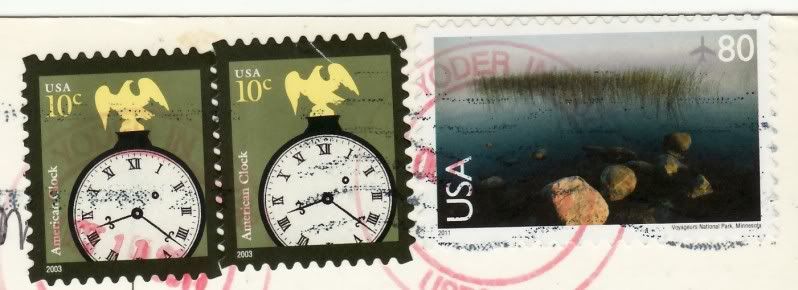 The painting
is a panoramic landscape: the sky in the distance is blackened by smoke
from burning cities and the sea is littered with shipwrecks. Armies of skeletons
advance on the living, who either flee in terror or try vainly to fight
back. In the foreground, skeletons haul a wagon full of skulls, and ring the bell that signifies the death knell of the world. A fool plays the lute
while a skeleton behind him plays along; a starving dog nibbles at the
face of a child; a cross sits in the center of the painting. People are
herded into a trap decorated with crosses, while a skeleton on horseback
kills people with a scythe.
The painting depicts people of different social backgrounds – from
peasants and soldiers to nobles as well as a king and a cardinal – being
taken by death indiscriminately.
The painting
is a panoramic landscape: the sky in the distance is blackened by smoke
from burning cities and the sea is littered with shipwrecks. Armies of skeletons
advance on the living, who either flee in terror or try vainly to fight
back. In the foreground, skeletons haul a wagon full of skulls, and ring the bell that signifies the death knell of the world. A fool plays the lute
while a skeleton behind him plays along; a starving dog nibbles at the
face of a child; a cross sits in the center of the painting. People are
herded into a trap decorated with crosses, while a skeleton on horseback
kills people with a scythe.
The painting depicts people of different social backgrounds – from
peasants and soldiers to nobles as well as a king and a cardinal – being
taken by death indiscriminately.The painting shows aspects of everyday life in the mid-sixteenth century. Clothes are clearly depicted, as are pastimes such as playing cards and backgammon. It shows objects such as musical instruments, an early mechanical clock, scenes including a funeral service, and a common method of execution: being lashed to a cartwheel mounted on a vertical pole.
Wednesday, October 12, 2011
Subscribe to:
Posts (Atom)

